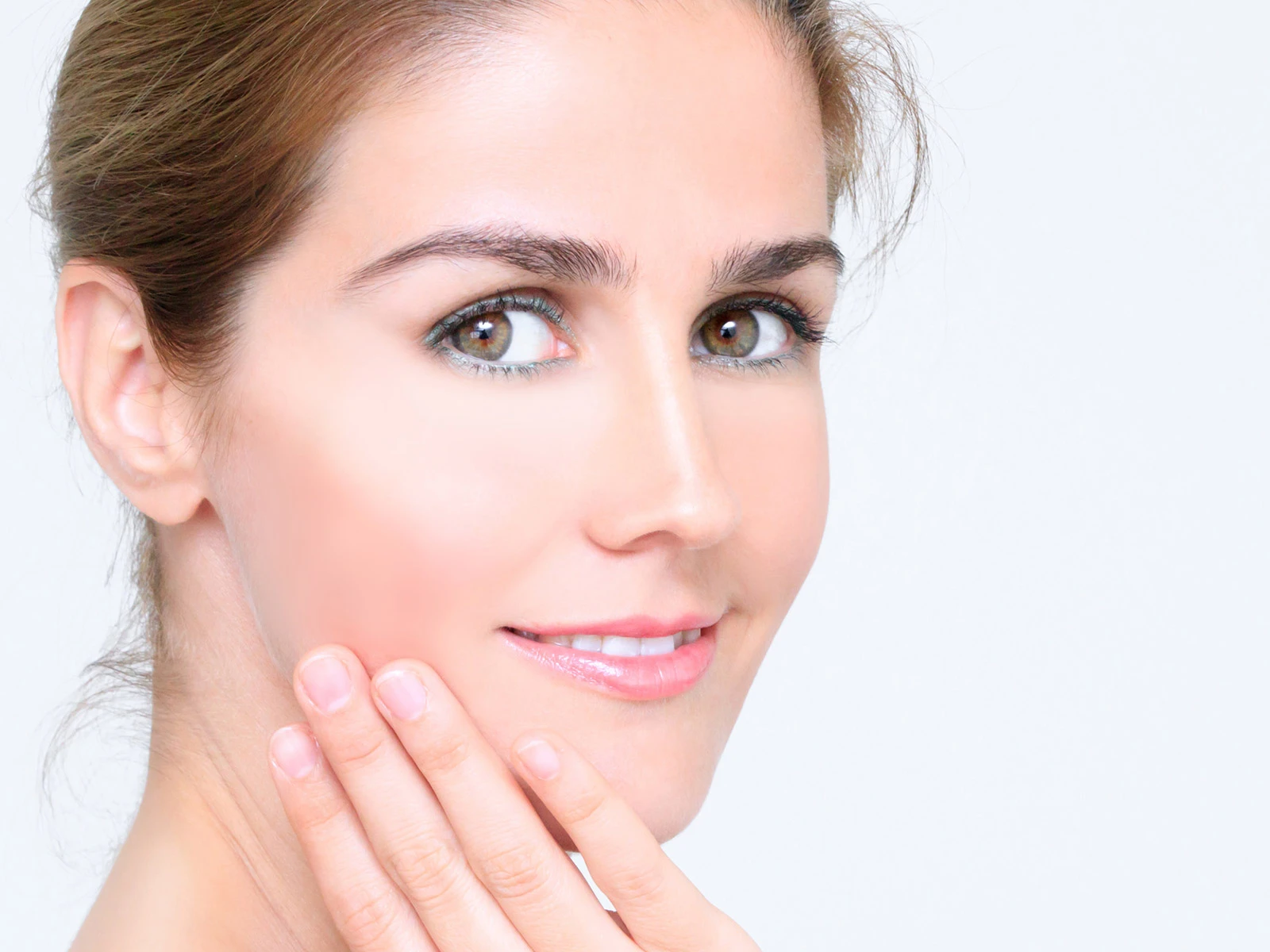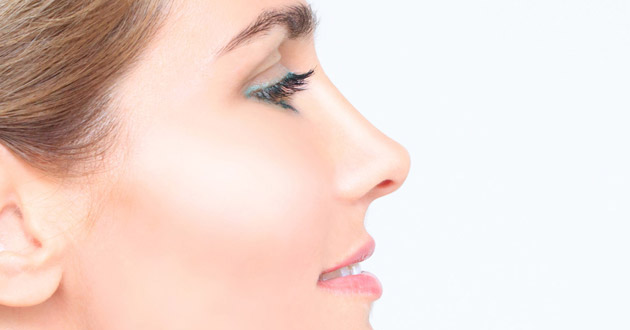More about nose tip correction
What is a nose tip correction?
How does a nose tip correction work?
What criteria must be met to qualify for a nose tip correction?
What are the advantages of a nose tip correction?
What side effects can occur with a nose tip correction?
A nose tip correction is an intervention of plastic and cosmetic surgery and belongs to field of rhinoplasty. Here, the nose is given a new appearance with relatively little effort. In this type of nasal surgery, unlike nasal reduction, no bone tissue is removed.
For remodeling the tip of the nose, only soft tissue and cartilage are removed, and in some cases, cartilage grafts (e.g., cartilage from the nasal septum) may also be used. In this way, the nose tip can be changed in many ways. Both a reduction and enlargement, as well as an raising or lowering of the tip of the nose are possible in the context of nose tip correction.
A nose tip correction is relatively basic, compared to other rhinoplasty procedures. This type of rhinoplasty usually takes one hour and can be done under local anesthesia. At the request of the patient and in consultation with the doctor, the rhinoplasty can also be performed under general anesthesia.
Depending on the aim of the correction, the surgeon shortens the anterior nasal septum, removes cartilage or brings it into the desired shape. When enlarging the tip of the nose, it may be necessary to insert cartilage grafts into the tip of the nose. The cartilage required for this purpose can be removed, for example, during surgery from the nasal septum or your own ear. After straightening the nasal tissues, the various wounds are sutured and the tip of the nose is protected with a bandage.
A nose tip correction is recommended, especially in patients who are basically satisfied with the shape of their nose and want only a change in the tip of the nose.
As with any rhinoplasty, nasal tip correction requires that the skin around the nose be healthy and free of inflammation or infection. To perform nasal tip correction, the condition of the nasal cartilage must be checked in advance.
Prerequisites for nose tip correction
• Desire to change the tip of the nose
• Healthy skin in the nose area
• Tested condition of the nasal cartilage
The biggest advantage of nasal tip correction is that a comparatively small amount of effort must be made to achieve a great effect. The bony nasal structure remains untouched during nasal tip correction. As a result, the operation takes less time than other types of rhinoplasty. In addition, this form of nose correction is associated with lower costs. Nonetheless, the change in the tip of the nose has a major impact on the overall appearance of the face.
Another benefit of nasal tip correction is the short healing time. It may take several months to assess the final result, but the patient can return to active life the first day after rhinoplasty. This is a great advantage, especially for working people.
A filling or correction of the nasal tip with hyaluronic acid is also possible and much cheaper, but requires no surgical intervention. It is not permanent and should only be performed by experienced surgeons.
Advantages over a nose correction
- Shorter operation time
- Lower costs
Nasal tip correction is a relatively minor procedure. Swelling following nasal tip correction is quite normal, which normally subsides in the first days to weeks after correction.




